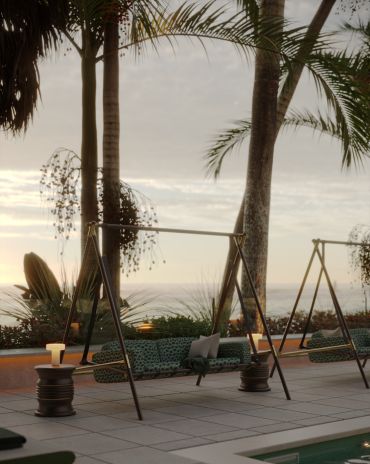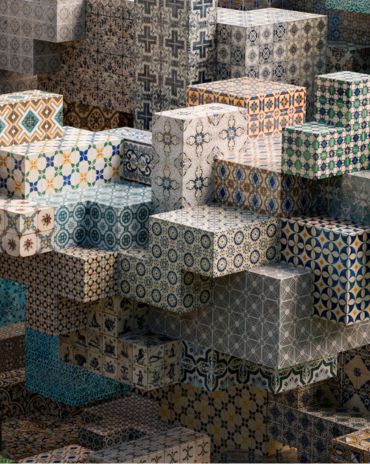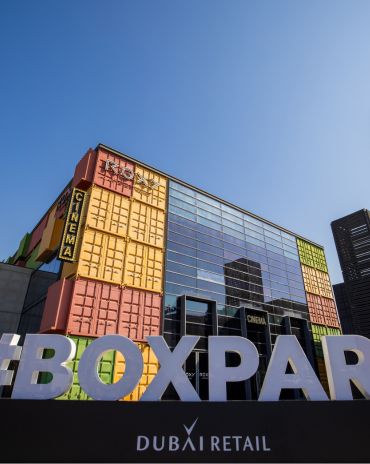Copyright © 2025 Motivate Media Group. All rights reserved.
A new book highlights India’s contemporary architecture
Contemporary House India features homes photographed by Edmund Sumner
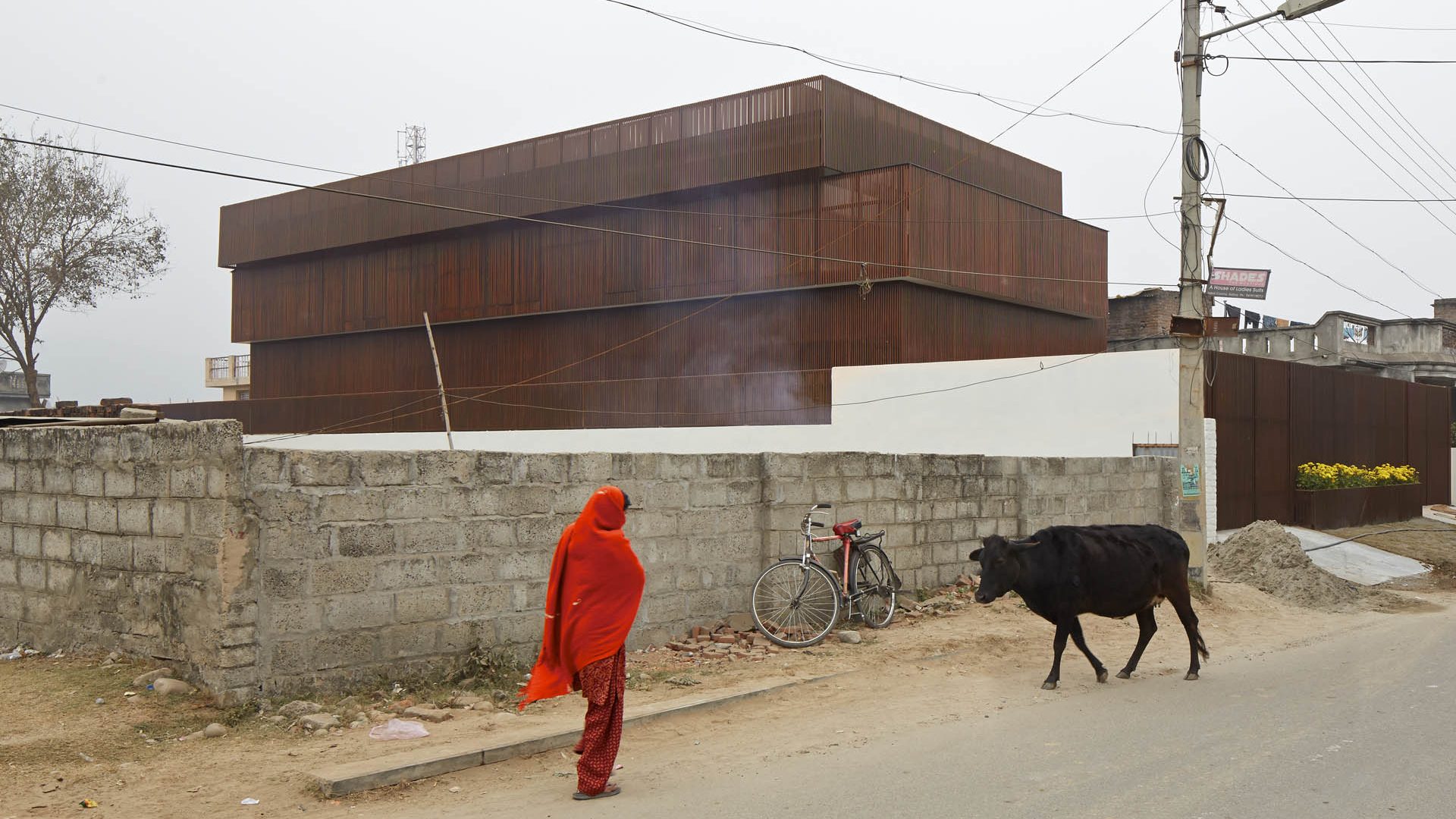
“A house is not just a house; it is a home. It is a community. It is a living entity – and we must celebrate this,” said Pritzker Prize-winning architect Balkrishna (B.V.) Doshi in an interview with architect and writer Rob Gregory – who has joined forces with architectural photographer Edmund Sumner to create a major survey on India’s contemporary residential architecture. Containing over twenty examples of India’s finest contemporary homes, Contemporary House India features private residences built by leading and up-and-coming architects, including the likes of B.V. Doshi himself, as well as Studio Mumbai, Architecture BRIO, Matharoo Associates, Abraham John Architects and Khosla Associates.

Retreat in Sahyadris by Kholsa Assocaites ©Edmund Sumner
Published by Thames & Hudson, Contemporary House India highlights India’s thriving architectural scene through projects that span the country, from the western coasts of Goa and Maharashtra and the inland waters of the Western Ghats to the inner-city havens of Ahmedabad and Mumbai, as well as the banks of the river Ganges in the north – all illustrated through the photography of Sumner and architectural plans for each project. The book is split into four chapters, each one highlighting a form of architecture: ‘Urban Living’, ‘Remote Villas’, ‘New Settlements’ and ‘Improvisation’.
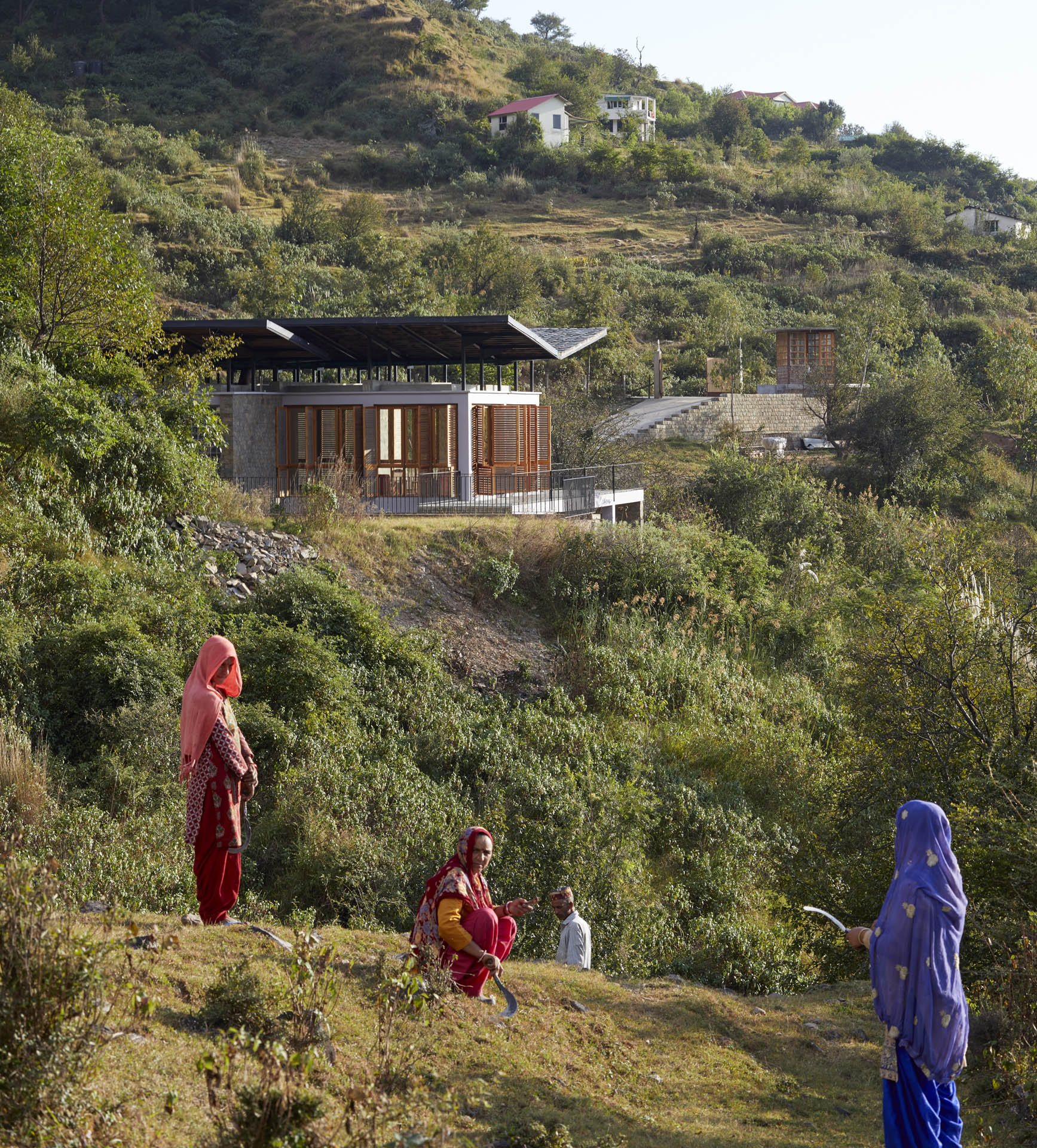
Flying House by Remi Kholsa Associates ©Edmund Sumner
As well as showcasing the wide range of contemporary residences that span the country, Contemporary House India also highlights new approaches to building, that have been bolstered by a generation of design-savvy homeowners. It also includes introductory essays, involving the country’s top practicing architects, on the subject of India’s residential architecture in the context of its varied landscapes and climate, as well as historical influences and socio-cultural and economic realities.

The Wood House by Matra Architects © Edmund Sumner
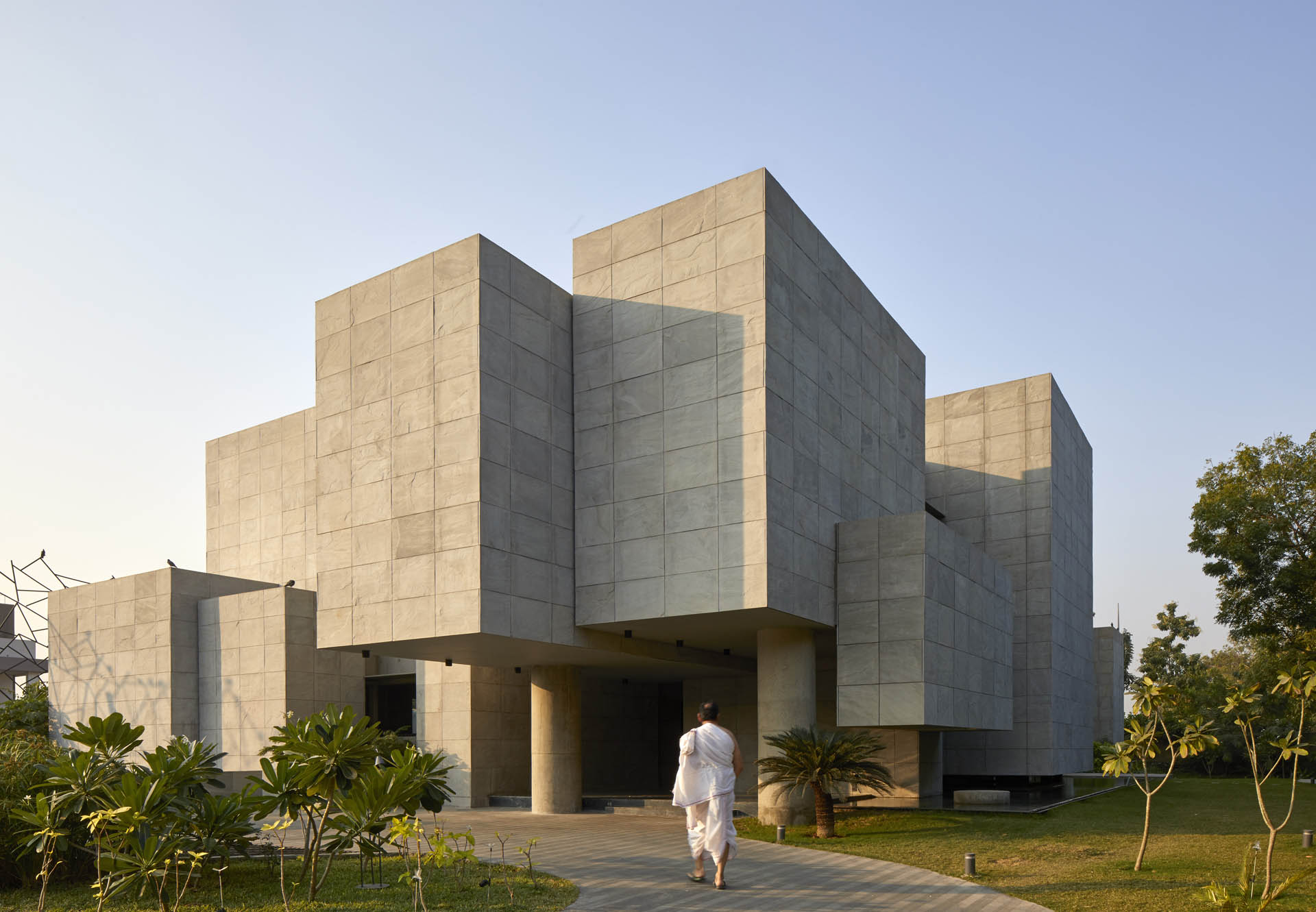
Fissured Living, Ahmedabad, India. Architect: Matharoo Associates, 2018.
Robert Verrijt, founder of Architecture BRIO – the firm behind the Tala Treehouse Villa and the House on a Stream, which both feature in the book – who was born and trained in the Netherlands, questions the need to put a stamp on an Indian architectural identity, asking whether it is necessary at all. “In the Netherlands, you are not asked if your work has a Dutch identity or a European one. You do not question the historical reality of Modernism… I think we should be more open to diversity, and embrace new possibilities. The world is becoming less homogenous,” he says.
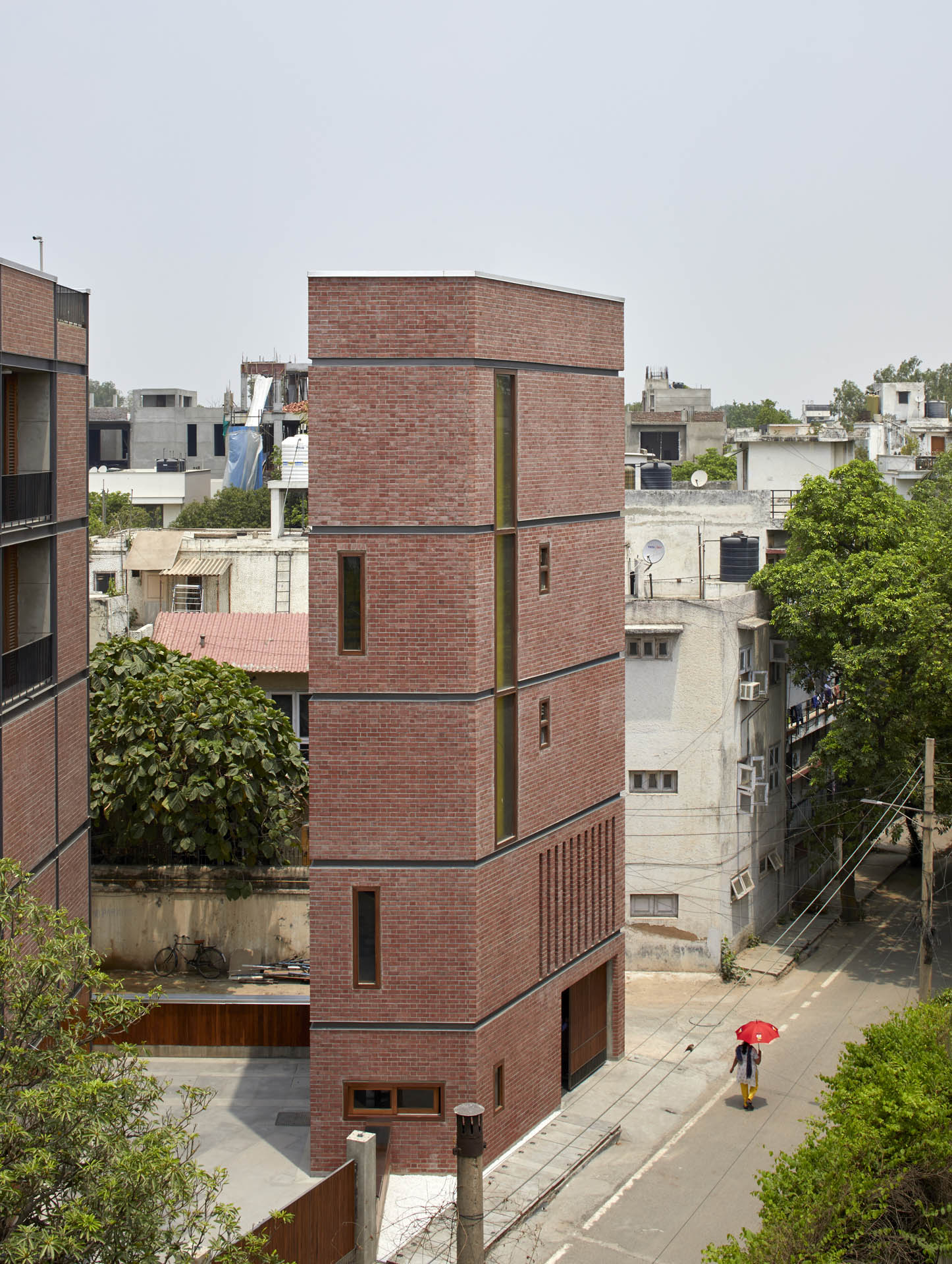
Brick House by Remi Kholsa Associates ©Edmund Sumner
The Latest
Maison Aimée Opens Its New Flagship Showroom
The Dubai-based design house opens its new showroom at the Kia building in Al Quoz.
Crafting Heritage: David and Nicolas on Abu Dhabi’s Equestrian Spaces
Inside the philosophy, collaboration, and vision behind the Equestrian Library and Saddle Workshop.
Contemporary Sensibilities, Historical Context
Mario Tsai takes us behind the making of his iconic piece – the Pagoda
Nebras Aljoaib Unveils a Passage Between Light and Stone
Between raw stone and responsive light, Riyadh steps into a space shaped by memory and momentum.
Reviving Heritage
Qasr Bin Kadsa in Baljurashi, Al-Baha, Saudi Arabia will be restored and reimagined as a boutique heritage hotel
Alserkal x Design Miami: A Cultural Bridge for Collectible Design
Alserkal and Design Miami announce one of a kind collaboration.
Minotticucine Opens its First Luxury Kitchen Showroom in Dubai
The brand will showcase its novelties at the Purity showroom in Dubai
Where Design Meets Experience
Fady Friberg has created a space that unites more than 70 brands under one roof, fostering community connection while delivering an experience unlike any other
Read ‘The Winner’s Issue’ – Note from the editor
Read the December issue now.
Art Dubai 2026 – What to Expect
The unveils new sections and global collaborations under new Director Dunja Gottweis.
‘One Nation’ Brings Art to Boxpark
A vibrant tribute to Emirati creativity.
In conversation with Karine Obegi and Mauro Nastri
We caught up with Karine Obegi, CEO of OBEGI Home and Mauro Nastri, Global Export Manager of Italian brand Porada, at their collaborative stand in Downtown Design.












